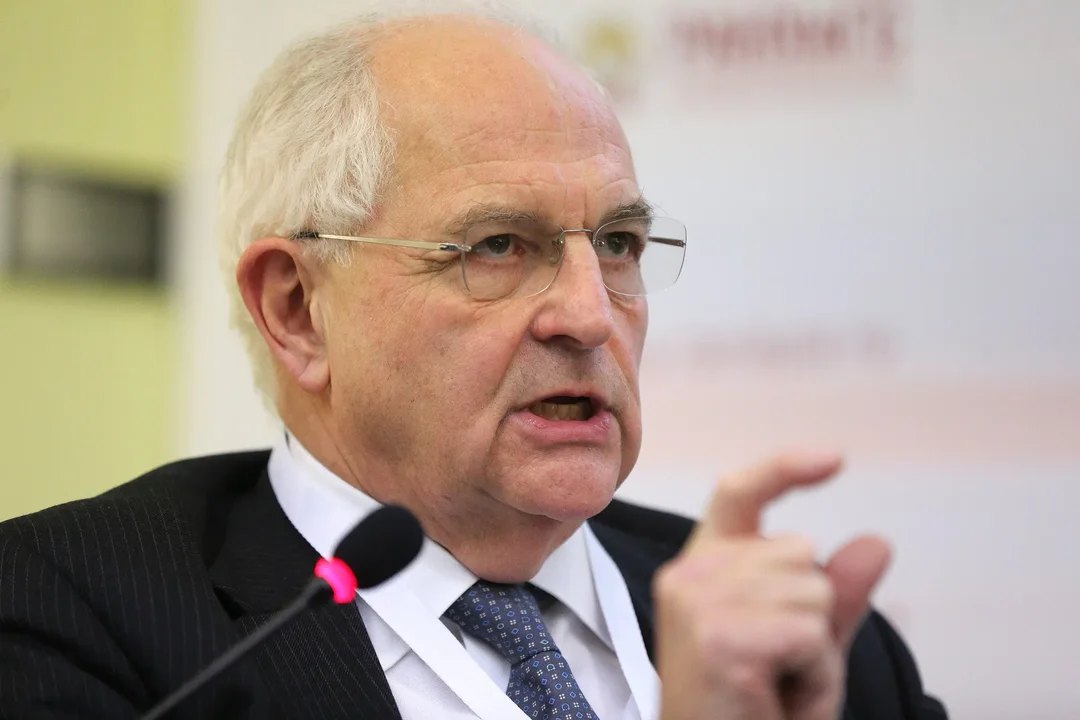
Are Trump’s Tariffs Backfiring on American Consumers?
In a significant turn of events, recent economic data suggests that President Donald Trump’s aggressive tariff policies may be causing more harm than good. While the intention behind the tariffs was to bolster American manufacturing and create jobs, evidence shows an alarming decline in consumer confidence and an unexpected rise in panic buying among Americans.
The tariffs, introduced with much fanfare, seem to have incited anxiety rather than the expected economic revival. The University of Michigan's consumer confidence index, a leading measure reflecting American sentiment toward the economy, plummeted to 50.9. This figure is reminiscent of the darkest days during the Great Recession and reframes perceptions post-COVID-19 pandemic.

Trump’s goal was clear: to invigorate American manufacturing by making it more expensive to import foreign goods. However, the current narrative is shifting. Consumers are responding to the uncertainty by hoarding goods perceived to be at risk of price hikes, particularly in sectors such as automotive and electronics. In March, for instance, sales at motor vehicle and parts dealers surged by 5.3% compared to the previous month.
Despite this short-term spike in spending, experts warn that these behaviors are not indicative of a healthy economy. Economist Michael Madowitz notes that such panic-driven purchases reflect a reaction to impending doom rather than confidence in financial stability. Madowitz states, “When you announce you’re doing tariffs in two weeks, that’s going to lead to a big decline in spending in two weeks, but it may lead to a really big increase in spending in the short term.”
Moreover, the repercussions extend beyond consumer attitudes. Post-tariff announcements, American manufacturers have reported a stark decrease in production and order expectations. The New York Fed's business conditions index and the Philadelphia Fed’s new order index both recorded sharp declines, showcasing a grim outlook for industries that were supposed to benefit from the tariffs.

Despite significant waves of panic among consumers, the Trump administration remains steadfast in its tariff approach. Even with visible signs of manufacturing slowing down, there’s a persistent belief in the White House that these measures will ultimately rectify trade imbalances and usher in a manufacturing renaissance in the United States.
As the situation continues to develop, one question looms: will the administration adapt its strategy to address the evident struggles facing American consumers and manufacturers? Only time will tell whether Trump’s tariff policies will evolve in response to the economic turmoil they have sparked.
What are your thoughts on the implications of Trump's tariffs on the economy? Have you noticed changes in your spending behavior in anticipation of price surges? Share your insights and join the conversation.